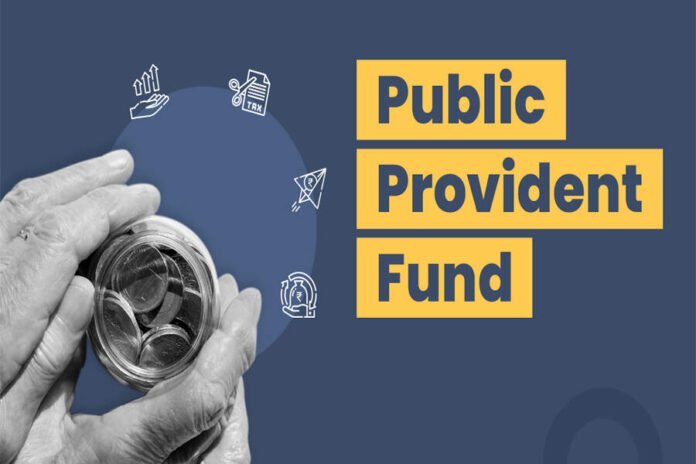The Employees Provident Fund Organization (EPFO) serves as a crucial scheme empowering the economic futures of private sector employees through the Provident Fund (PF). Both employers and employees contribute equally to this retirement plan, with an added benefit of annual interest on the deposited amount.
While PF funds are primarily designated for retirement, there are circumstances where withdrawals become necessary. However, withdrawal from PF accounts is governed by specific rules and procedures. Let’s delve into the details of these regulations.
Eligible Reasons for PF Withdrawal:
Withdrawal from a PF account prior to retirement is permitted only under certain circumstances. These include medical emergencies, marriage expenses, land acquisition, or in the event of job loss, where the entire PF amount can be withdrawn after a two-month waiting period.
Withdrawals are also allowed for the marriage of a family member or for children’s education, provided the employee has completed at least seven years of service. In such cases, individuals can withdraw up to 50 percent of their contributions.
Withdrawal Frequency and Taxation:
Employees are allowed multiple withdrawals from their PF accounts before retirement, each requiring a valid reason. However, there are limitations; for instance, withdrawals for marriage purposes are restricted to three times, similarly, withdrawals for education post the 10th grade are also limited.
Regarding taxation, if EPF is withdrawn before completing five years of continuous service, a TDS (Tax Deducted at Source) of 10 percent is applicable. Without a PAN card, the TDS rate increases to 30 percent. However, after five years of continuous service, no tax is imposed. Transferring EPF to the National Pension Scheme also incurs no tax liability.
Online PF Withdrawal Process:
To facilitate PF withdrawals online, an active UAN (Universal Account Number) linked with KYC (Aadhaar, PAN, and bank account) is necessary. Here’s a step-by-step guide:
- Log in to the UAN Member Portal using your UAN and password.
- Navigate to the ‘Online Services’ tab and select ‘Claim (Form-31, 19 & 10C)’ from the drop-down menu.
- Verify your bank account details and sign the Undertaking Certificate.
- Proceed for online claim and select ‘PF Advance (Form 31)’ for withdrawal.
- Fill in the required details, such as the purpose of withdrawal and the amount needed.
- Verify the information, submit your application, and upload scanned documents if required.
- Upon approval by your company, the withdrawn amount will be deposited into your bank account.
Conclusion:
Withdrawals from PF accounts serve as a crucial financial resource during emergencies or significant life events. By understanding the permissible reasons, withdrawal limitations, taxation implications, and the online withdrawal process, employees can navigate the PF withdrawal system effectively to meet their financial needs while securing their future retirement.



